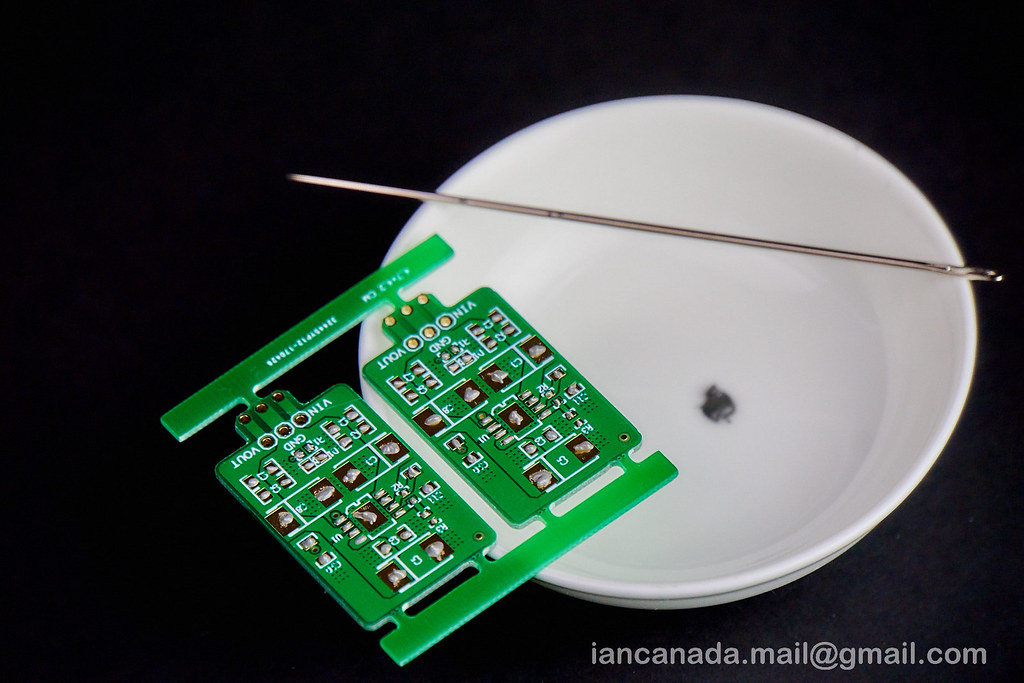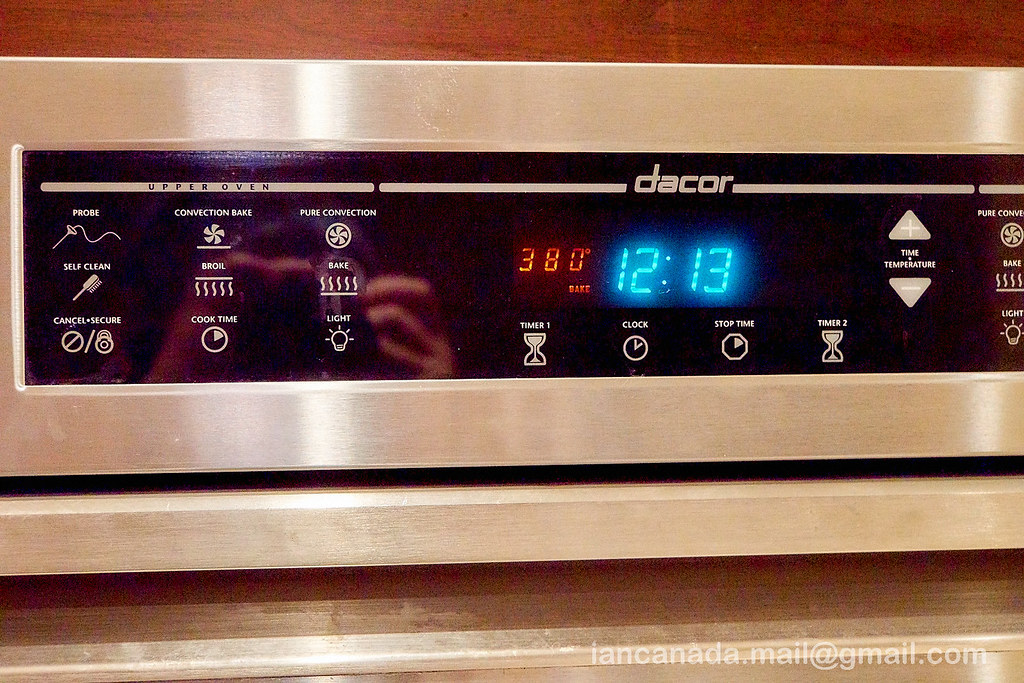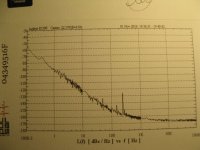Hi Shane,
With 22.xxx MHz XO, you can run music up to 176KHz. Pulsar OCXO are super, so for the best ones you can touch.
Ian
I can certainly recommend the professional service and very well packed and sorted product from Pulsar, arrived today - time to get busy.
Shane
Attachments
William,
Can you give us your feedback ?
Which oscillators you used before ?
There is also NDK NZ2520SDA (http://www.ndk.com/en/news/2016/1190948_e.pdf)
Pulsar phase noise is better in lower frequencies.
What is the most important for phase noise: lower or higher frequencies.
There is a GB for NZ2520SDA here: http://www.diyaudio.com/forums/group-buys/309435-ndk-nz2520sda-oscillators-group-buy.html
nounouchet
Can you give us your feedback ?
Which oscillators you used before ?
There is also NDK NZ2520SDA (http://www.ndk.com/en/news/2016/1190948_e.pdf)
Pulsar phase noise is better in lower frequencies.
What is the most important for phase noise: lower or higher frequencies.
There is a GB for NZ2520SDA here: http://www.diyaudio.com/forums/group-buys/309435-ndk-nz2520sda-oscillators-group-buy.html
nounouchet
I can certainly recommend the professional service and very well packed and sorted product from Pulsar, arrived today - time to get busy.
Shane
Oh, my god! That's the real beauty🙂
Yeah, Ian.. .you know he said he select me a 22.xxx close to 11.xxx performance.. has a few in stock. Good time to buy, costs a bit ... but in context, maybe the best value.
I know, PN looks superb. Mr. Ian can you please share with us the PN charts for your Pulsars Clocks
Thanks to Mauro at Pulsar - great guy to deal with.
Pulsar Clock & Power
Nounouchet, hello <1Hz is key, but you need to find your own bait to catch the fish!. OK, look 0.1Hz to 1Hz, naturally follows to 10Hz. Compare?.. what - nah these just sit on the shelf.
Shane.
I know, PN looks superb. Mr. Ian can you please share with us the PN charts for your Pulsars Clocks
Thanks to Mauro at Pulsar - great guy to deal with.
Pulsar Clock & Power
Nounouchet, hello <1Hz is key, but you need to find your own bait to catch the fish!. OK, look 0.1Hz to 1Hz, naturally follows to 10Hz. Compare?.. what - nah these just sit on the shelf.
Shane.
Last edited:
ADM715X PCB kitchen oven SMT assembling Tutorial
I put the tutorial on gitHub, here is the link:
https://github.com/iancanada/DocumentDownload/blob/master/PowerSupply/ADM715X/SMDtutorial.md
Just hope there is some help. I believe everybody can make it.
Please let me know if you have question.

SMDtutorial2 by Ian, on Flickr

SMDtutorial7 by Ian, on Flickr
Ian
I put the tutorial on gitHub, here is the link:
https://github.com/iancanada/DocumentDownload/blob/master/PowerSupply/ADM715X/SMDtutorial.md
Just hope there is some help. I believe everybody can make it.
Please let me know if you have question.

SMDtutorial2 by Ian, on Flickr

SMDtutorial7 by Ian, on Flickr
Ian
yes, huge thanks!
what about dual side pcbs?🙂
Sent from my SM-G930F using Tapatalk
@minionas,
For double side SMT, you need to do it twice😀.
The second time re-flow you will need some stands for PCB to avoid component at bottom being touched.
Regards,
Ian
I was just wondering if nothing will fall off🙂?@minionas,
For double side SMT, you need to do it twice😀.
The second time re-flow you will need some stands for PCB to avoid component at bottom being touched.
Regards,
Ian
Sent from my SM-G930F using Tapatalk
I was just wondering if nothing will fall off🙂?
Sent from my SM-G930F using Tapatalk
@minionas
When the solder get molten, the surface tension will hold the SMT components at the position at lower side . They will not fall off as long as there is no vibration 🙂.
Ian
great!
as i was delaying my smt work start until you revealed this tempting method!
thanks again🙂
Sent from my SM-G930F using Tapatalk
as i was delaying my smt work start until you revealed this tempting method!
thanks again🙂
Sent from my SM-G930F using Tapatalk
nOObie Questions Ian Fifo
Have been reading about Ian's Fifo and about the No Dac, No USB with great interest.
Not understanding that sometimes refer to using Amanero with Raspberry Pi, could someone explain how the two would work together? I understood that you either use Raspberry Pi or Amanero (or JL Sounds).
Could you confirm my understanding of Ian's Fifo device setup?
Ethernet or WiFi > Raspberry Pi > Ian Fifo S/PDIF Interface Board >Ian I2S FIFO KIT > Dac
I understand that you do not need the Dual XO if you are not changing formats.
Is there an inexpensive Dac (less than $200 that would recommended with the Raspberry Pi and Ian Fifo kit ?
Thank you for the patience and guidance !
Have been reading about Ian's Fifo and about the No Dac, No USB with great interest.
Not understanding that sometimes refer to using Amanero with Raspberry Pi, could someone explain how the two would work together? I understood that you either use Raspberry Pi or Amanero (or JL Sounds).
Could you confirm my understanding of Ian's Fifo device setup?
Ethernet or WiFi > Raspberry Pi > Ian Fifo S/PDIF Interface Board >Ian I2S FIFO KIT > Dac
I understand that you do not need the Dual XO if you are not changing formats.
Is there an inexpensive Dac (less than $200 that would recommended with the Raspberry Pi and Ian Fifo kit ?
Thank you for the patience and guidance !
The Amanero is a USB to I2S interface, so a valid setup would be:
Ethernet or WiFi > Raspberry Pi > Amanero > Ian I2S FIFO KIT (with XO or Dual XO board) > Dac
Such a setup would be preferred if you would prefer to keep your RPi in a separate enclosure from your DAC.
If you'd be OK with having everything in one enclosure, you could do this:
Ethernet or WiFi > Raspberry Pi > Ian I2S FIFO KIT (with XO or Dual XO board) > Dac
So you'd utilize the RPi's I2S output, skipping the Amanero.
Regarding the Dual XO board, you pretty much need it in every use case, unless you'd have the RPi upsample everything to a certain sample rate, in which case you could go for the single XO board. But you will need some kind of XO board - besides supplying the clock, it also does the I2S signal reclocking.
Regarding the inexpensive DAC, it's not easy to find one that would benefit substantially from Ian's FIFO, especially if the $200 should also cover the power supplies. Perhaps some AK4490/7 design.
Ethernet or WiFi > Raspberry Pi > Amanero > Ian I2S FIFO KIT (with XO or Dual XO board) > Dac
Such a setup would be preferred if you would prefer to keep your RPi in a separate enclosure from your DAC.
If you'd be OK with having everything in one enclosure, you could do this:
Ethernet or WiFi > Raspberry Pi > Ian I2S FIFO KIT (with XO or Dual XO board) > Dac
So you'd utilize the RPi's I2S output, skipping the Amanero.
Regarding the Dual XO board, you pretty much need it in every use case, unless you'd have the RPi upsample everything to a certain sample rate, in which case you could go for the single XO board. But you will need some kind of XO board - besides supplying the clock, it also does the I2S signal reclocking.
Regarding the inexpensive DAC, it's not easy to find one that would benefit substantially from Ian's FIFO, especially if the $200 should also cover the power supplies. Perhaps some AK4490/7 design.
nOObie Questions Ian Fifo
Dear Dimdim,
Thank you for the reply ! Have enjoyed reading your blog.
Am I correct that skipping the Ameno would be preferable? It seems that keeping with the I2S is preferable.
Ethernet or WiFi > Raspberry Pi > Ian I2S FIFO KIT (with Dual XO board) > Dac
Any suggestions for AK4490/AK4495/AK4497 Dacs (Around $200)? Found on ebay: Dual AK4495 or Assembled AK4495
Thank you !
Dear Dimdim,
Thank you for the reply ! Have enjoyed reading your blog.
Am I correct that skipping the Ameno would be preferable? It seems that keeping with the I2S is preferable.
Ethernet or WiFi > Raspberry Pi > Ian I2S FIFO KIT (with Dual XO board) > Dac
Any suggestions for AK4490/AK4495/AK4497 Dacs (Around $200)? Found on ebay: Dual AK4495 or Assembled AK4495
Thank you !
Last edited:
In theory, using Ian's FIFO should eliminate any sound quality differences between using the RPi's I2S output and using an Amanero, so if you intend to build everything in one box you may as well skip the Amanero.
Regarding the relatively cheap Chinese DACs off of Ebay, you should keep in mind that most of the times their design is not optimal and the parts used are not exactly "top shelf", but they are indeed cheap, so they are a good starting point.
I don't know exactly how skilled you are in soldering, but if you feel up to it a very honest choice might be this one: ES9028 ES9028PRO /ES9018 ES9018S Q8 HiFi Audio DAC Decoder DIY KIT | eBay plus an ES9028PRO chip. You will get a DAC that has a SOTA DAC chip and fully supports pretty much every sampling rate and data format, including DoP.
But, to get the most out of it, like with all Ebay DACs, you'll eventually have to do some parts substitution and/or substantial modding.
Edit: Or just spend ~$20 more and spare yourself the soldering: http://www.ebay.com/itm/ES9028-ES90...891304?hash=item2a8559f3e8:g:-rsAAOSwrfVZRoM4
Regarding the relatively cheap Chinese DACs off of Ebay, you should keep in mind that most of the times their design is not optimal and the parts used are not exactly "top shelf", but they are indeed cheap, so they are a good starting point.
I don't know exactly how skilled you are in soldering, but if you feel up to it a very honest choice might be this one: ES9028 ES9028PRO /ES9018 ES9018S Q8 HiFi Audio DAC Decoder DIY KIT | eBay plus an ES9028PRO chip. You will get a DAC that has a SOTA DAC chip and fully supports pretty much every sampling rate and data format, including DoP.
But, to get the most out of it, like with all Ebay DACs, you'll eventually have to do some parts substitution and/or substantial modding.
Edit: Or just spend ~$20 more and spare yourself the soldering: http://www.ebay.com/itm/ES9028-ES90...891304?hash=item2a8559f3e8:g:-rsAAOSwrfVZRoM4
nOObie Questions Ian Fifo
Thank you Dimdim,
If I use the suggested ES9028PRO Audio DAC (assembled, soldering a DAC is beyond me)
Ethernet or WiFi > Raspberry Pi > Ian I2S FIFO KIT (with Dual XO board) > Dac
Do I need Ian's S/PDIF Interface Board? or do I use USB?
Best
Thank you Dimdim,
If I use the suggested ES9028PRO Audio DAC (assembled, soldering a DAC is beyond me)
Ethernet or WiFi > Raspberry Pi > Ian I2S FIFO KIT (with Dual XO board) > Dac
Do I need Ian's S/PDIF Interface Board? or do I use USB?
Best
You need neither. You just utilize the RPi's I2S output, by using Ian's small RPi I2S adapter board. It just plugs on to the GPIO header of the RPi.
Maybe I missed a post. Could someone tell me how to assemble the xo adapter board? It comes with some small capacitors. Where do I place these...
- Home
- Source & Line
- Digital Line Level
- Asynchronous I2S FIFO project, an ultimate weapon to fight the jitter
